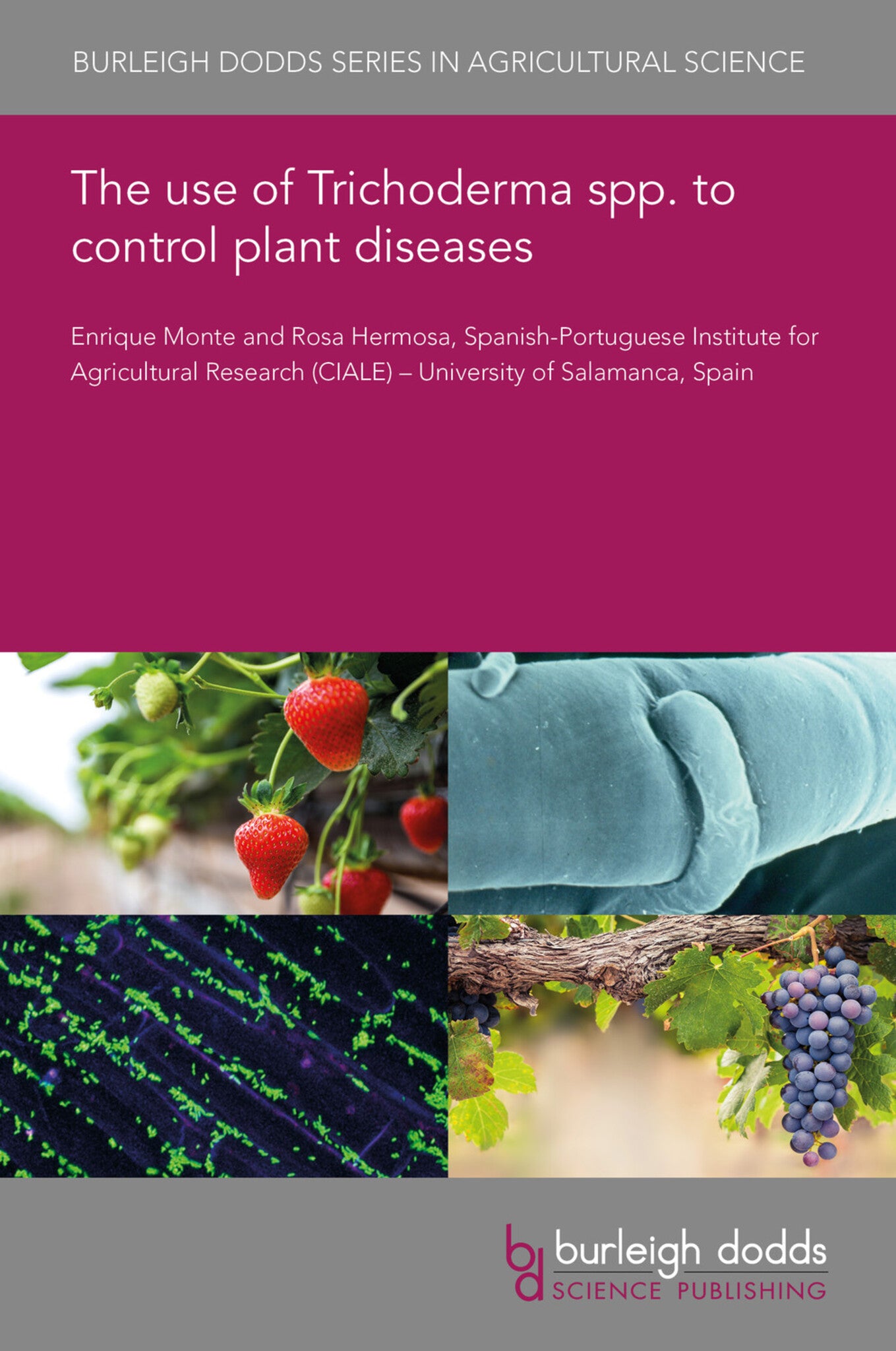We're sorry. An error has occurred
Please cancel or retry.
The use of Trichoderma spp. to control plant diseases

Some error occured while loading the Quick View. Please close the Quick View and try reloading the page.
Couldn't load pickup availability
- Format:
-
22 November 2021


TECHNOLOGY & ENGINEERING / Agriculture / Agronomy / Crop Science, Agronomy and crop production, TECHNOLOGY & ENGINEERING / Agriculture / Sustainable Agriculture, TECHNOLOGY & ENGINEERING / Pest Control, Sustainable agriculture, Pest control / plant diseases, Botany and plant sciences

1 Introduction 2 Biocontrol mechanisms: mycoparasitism 3 Biocontrol mechanisms: antibiosis 4 Biocontrol mechanisms: competition 5 Plant beneficial effects: systemic defense and growth promotion 6 Registration and commercialization 7 Conclusions 8 Where to look for further information 9 Acknowledgements 10 References



